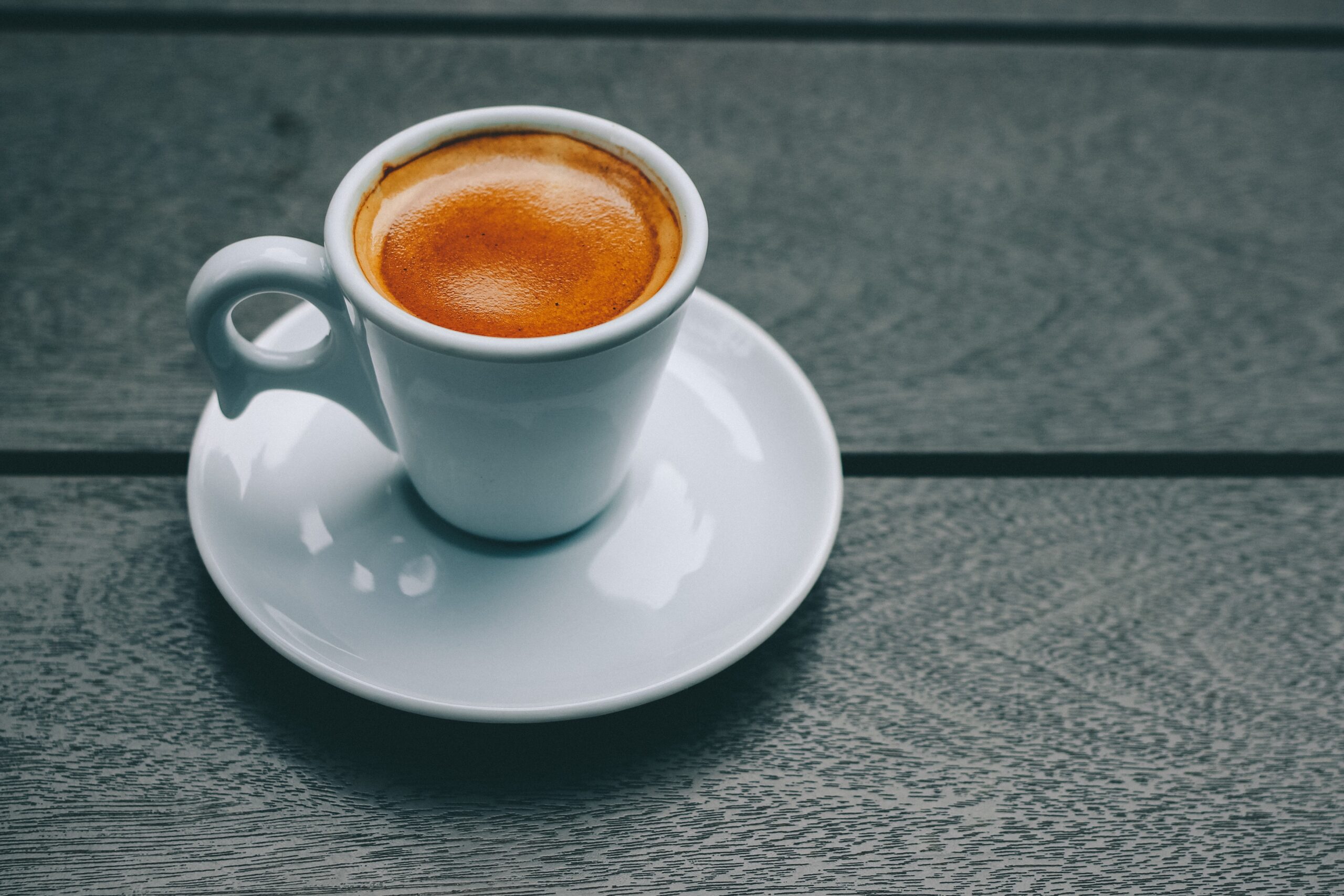Unlock the Secrets of Espresso: From Beans to Brew, Learn How to Make the Perfect Shot
Espresso is a beloved coffee brewing method that has been around for over a century. It’s a technique that requires precision, skill and a thorough understanding of the science behind it. In this article, we will explore the key elements of espresso brewing and provide tips on how to pull the perfect shot.
First, let’s start with the basics. Espresso is made by forcing hot water through finely-ground coffee under high pressure. This creates a concentrated, full-bodied coffee that has a unique flavor profile. The key to a great espresso is to find the perfect balance between the coffee beans, the grind, the water temperature, and the pressure.
When it comes to coffee beans, it’s important to use high-quality, freshly roasted beans. The beans should be dark-roasted and have a strong aroma. Arabica beans are often considered the best for espresso, as they have a sweeter taste and a lower acidity than Robusta beans.

The grind is another important factor in espresso brewing. The grind should be fine, but not too fine, as this can lead to a bitter taste. A good rule of thumb is to use a grind that is similar to granulated sugar. The grind should also be consistent, as uneven grinds can lead to inconsistent shots.
Water temperature is another crucial element in espresso brewing. The water should be between 190-200 degrees Fahrenheit, as this is the ideal temperature for extracting the flavors of the coffee. If the water is too hot, it can burn the coffee, and if it’s too cold, it can’t extract the flavors properly.
Pressure is the final element in espresso brewing. The pressure should be between 9-10 bars, as this is the ideal pressure for extracting the flavors of the coffee. If the pressure is too low, the shot will be weak, and if it’s too high, it can lead to a bitter taste.
Now that we have covered the basics of espresso brewing, let’s talk about how to pull the perfect shot. The first step is to make sure that your espresso machine is properly calibrated. This means that the grind, water temperature, and pressure are all set to the correct levels.
Next, you should preheat your cups and portafilter by running hot water through them. This will help to keep the espresso at the correct temperature.
Then, you should tamp the coffee in the portafilter. Tamping is the process of compressing the coffee in the portafilter to create a consistent bed of coffee. The tamp should be firm, but not too hard, as this can lead to a bitter taste.
Finally, you should pull the shot. This is the process of running hot water through the coffee in the portafilter. The shot should take between 25-30 seconds, and the yield should be between 1-1.5 ounces.
In summary, pulling the perfect shot of espresso requires precision, skill, and a thorough understanding of the science behind it. By using high-quality, freshly roasted beans, the correct grind, water temperature, and pressure, you can create a delicious, full-bodied espresso that has a unique flavor profile.

